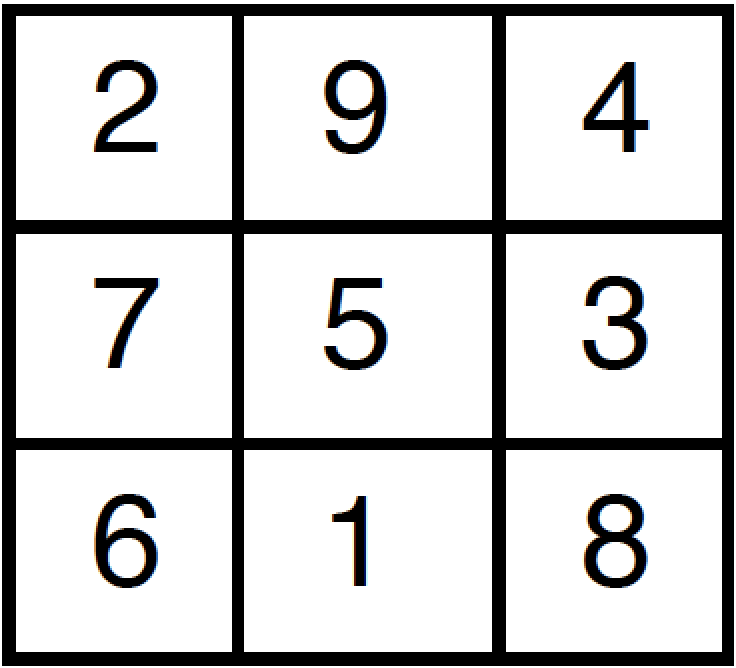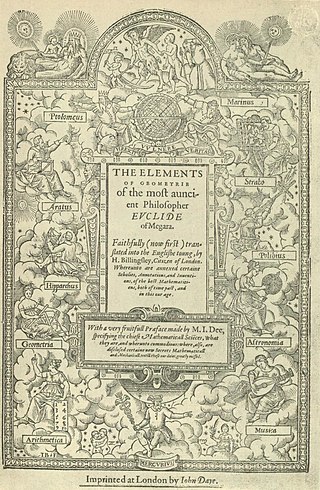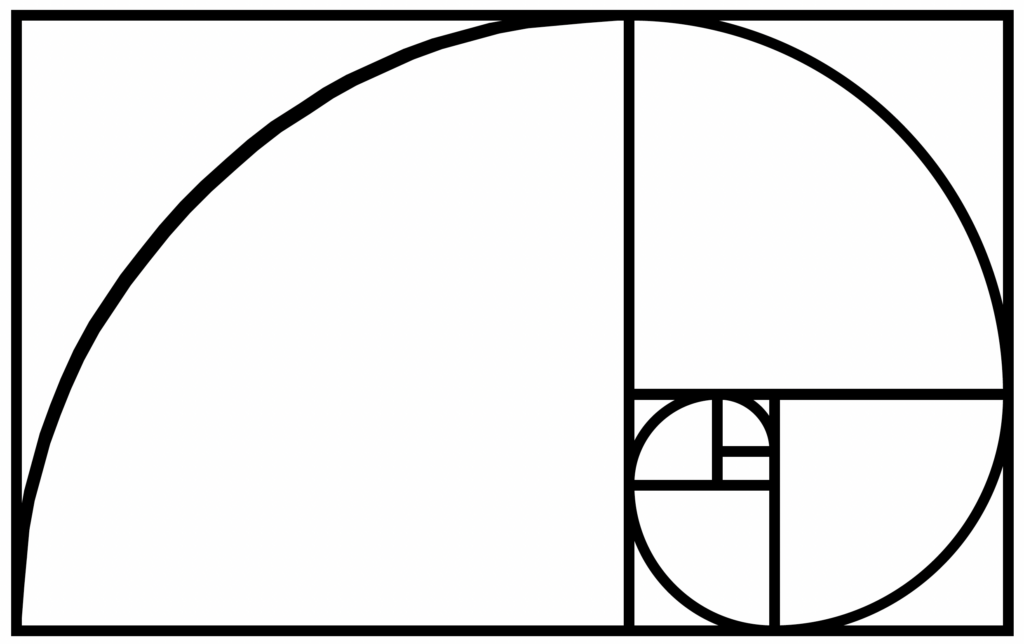Mathematics is one of the greatest tools we humans have inherited. Math is given to us both as a dedicated area of the brain and as a legacy from our society.
Galileo understood the importance of math when, hundreds of years ago, he said: “The great book of nature can be read only by those who know the language in which it was written. And this language is mathematics.”
Math enables us to understand the cosmos and the atom; to build bridges, tunnels, and skyscrapers; and to determine through statistics which treatment is most likely to cure an illness.
Also, mathematics is necessary for the arts; some examples are musical scales, drawing in perspective, and repeating patterns. Mathematics has even been described as the science of patterns.
A person becomes a mathematician, not because they enjoy arithmetic, but because they see the beauty in mathematics. And math is not necessarily utilitarian. One of the 200 branches of mathematics is recreational mathematics, with magic squares as an example.

Many times a mathematical innovation initially seems to have no practical use. Take the case of imaginary numbers, which involves square roots. We know the square root of 1 is 1 since 1 × 1 is 1. But what is the square root of –1? It can’t be 1 because 1 × 1 is 1 and it can’t be –1 because –1 × –1 is not –1, but 1.
In the 17th century, a few mathematicians thought the whole idea was so absurd that they referred to the square roots of negative numbers as imaginary numbers, labeled either i or j. Yet today, imaginary numbers have an important role in AC (alternating current) calculations.
Math and Ancient Egyptians
The ancient Egyptians used math, including the Pythagorean theorem, to survey their land annually following the Nile River flooding. They needed math for their constructions. They also needed math for astronomy. They were interested primarily in the practical applications of math.

Math and Ancient Greeks
The ancient Greeks, on the other hand, approached mathematics, especially geometry, from a philosophical perspective. They devised a rigorous deductive approach for proving theorems, or propositions. Each step in proving a theorem is based on one of three rationales: axioms, universally accepted truths; definitions; or previously proven theorems.
Subjecting theorems to diligent explanations at every step of a proof has become the cornerstone today of all mathematics, not only geometry. However, we no longer insist, as did the Greeks, that all geometric constructions be done with only a straightedge and compass. Drawing board equipment and computer programs are a welcome addition.
Euclid compiled and wrote the 13 books of Elements around 300 B.C. Amazingly, Euclid’s Elements has undergone about a thousand editions, including translations into numerous languages, and remained a textbook for over 2000 years. No other textbook can rival that!

In the Middle Ages, the trivium composed of grammar, rhetoric, and logic, was the introductory topics studied. Coming next was the quadrivium, which started with Plato, and included arithmetic (number), geometry (number in space), music (number in time), and astronomy (number in space and time).
Every educated person was familiar with Euclid’s Elements. Abraham Lincoln carried a copy in his saddlebags, which he studied at night by lamplight.
Most high school students study Euclidean geometry, where they are introduced to proofs. A good math program prepares students for this next chapter in their mathematical education by requiring learners to justify their thinking whenever practical. Uncertain about the concept of proof, students sometimes fail to realize that a proven theorem applies in all cases. It must.
Incidentally, mathematicians do not use the two-column structure, where statements are in the left column and reasons are in the right column. This arrangement is practiced only in introductory high school geometry classes. Mathematicians use ordinary prose, or words, to discuss the validity of each step of a proof.
Math Today
Just as we don’t limit our reading vocabulary to words having a practical use, we must not limit mathematical topics to what we judge our children will need in the future. Bonnie, age 13, understood this. After learning about the Golden Ratio, she commented, “It’s just one of those things in life that makes you feel satisfied to know.”

Despite the human brain being programmed for mathematics from infancy and the long history of humans being involved with mathematics, almost half of the people in the U.S. have a fear of numbers. They have no shame admitting having low math skills. Sadly, those harboring math anxiety are less likely to become our coders, engineers, researchers, and so forth. Today, we have a real shortage of people in the math based professions.
Of course, the real question is why are our children developing math anxiety. Preschoolers invariably do enjoy math, so the problem occurs later. Researchers have found math anxiety is caused by flash cards and timed tests, teachers who harbors a dislike for math, the myth that a “math mind” is needed, and a view of math as a collection of rules to be practiced and memorized.
RightStart Mathematics program
RightStart Mathematics is written to help future generations become confident in their mathematical abilities. This program emphasizes:
- visualization skills not counting or rote memory,
- games not flash card drill,
- place value to the thousands not memorizing counting words to 100,
- real problem solving not looking for “key words,”
- linear fractions not fraction circles, and
- geometrical constructions not learning definitions.
And yes, a person who was taught math poorly can relearn it. They can finally understand math as they teach with RightStart Math. They become one of those who say, “I am learning math and I like it!”

The last part of your article: “And yes, a person who was taught math poorly can relearn it. They can finally understand math as they teach with RightStart Math. They become one of those who say, “I am learning math and I like it!”
I am living proof of this! I struggled with Math all my life and always needed help/tutors. I had resigned myself to the “I’m just not good at Math” category like most people do.
Fast forward to the time I started homeschooling my children and using RightStart Math…. IT CHANGED EVERYTHING!! It filled all my “gaps” —especially when I taught my youngest from THE VERY BEGINNING (Level A —and now we’re doing Level E. My older ones started RightStart later and finished the rest of the levels).
Learning everything all over again -but the RIGHT way- has “unlocked” my brain. I actually LOVE and enjoy Math now! And it’s easy for me: I am helping my older ones with high school Algebra and Geometry with no problem!!
Thank you so very much.